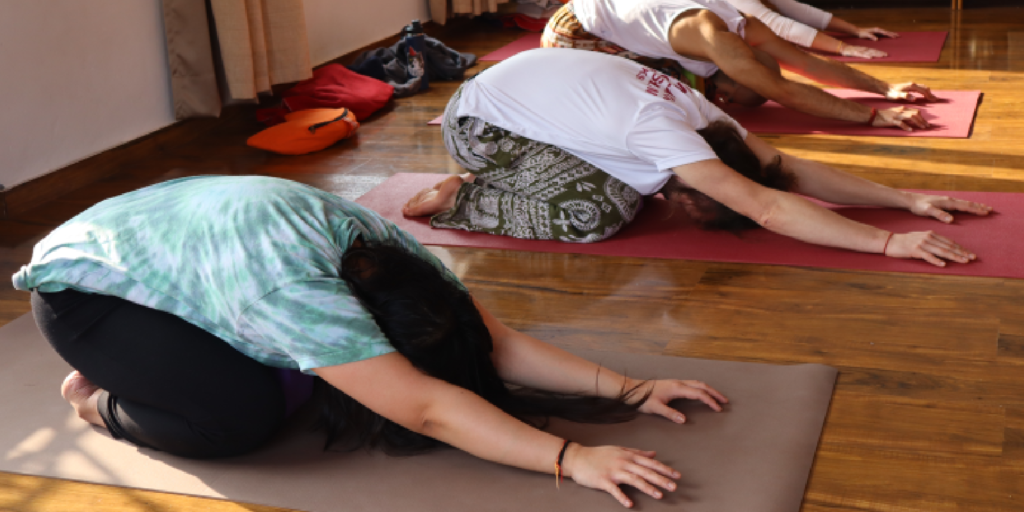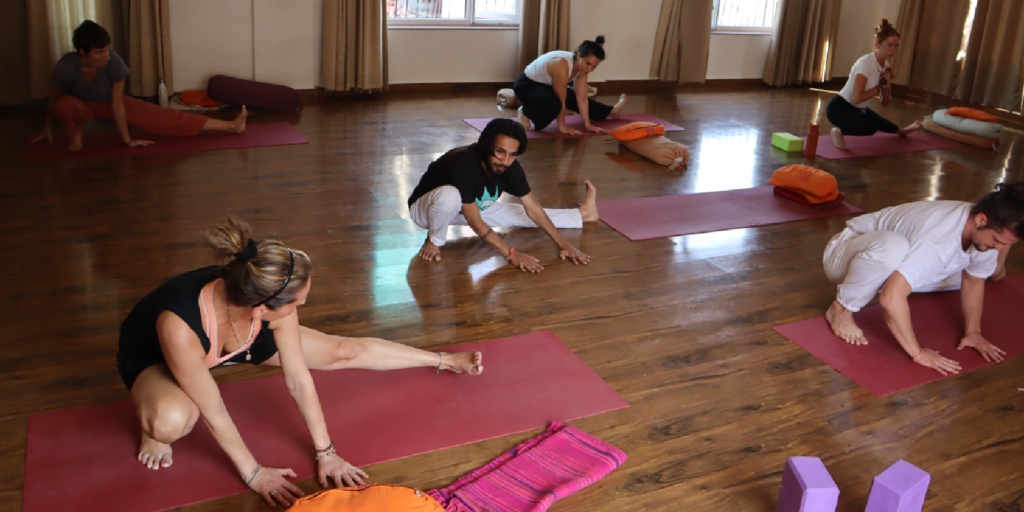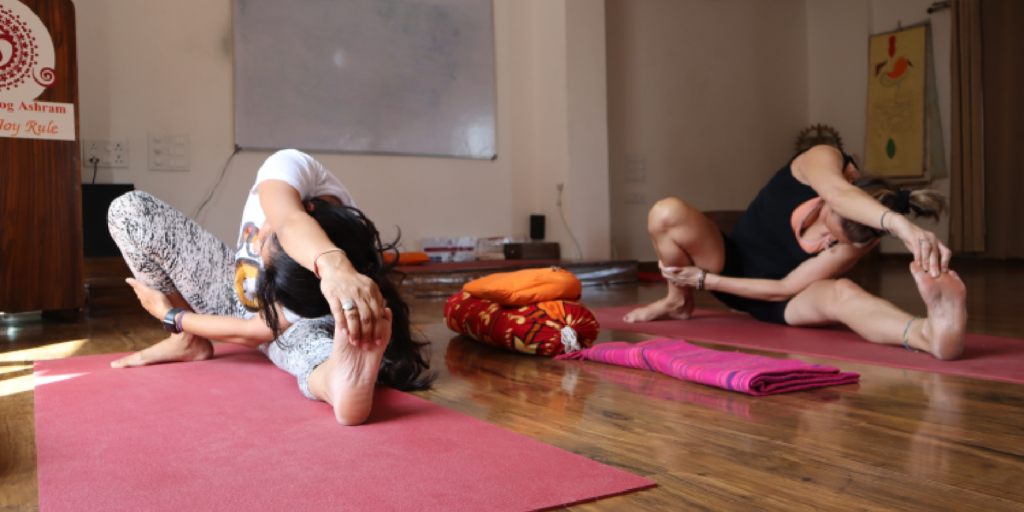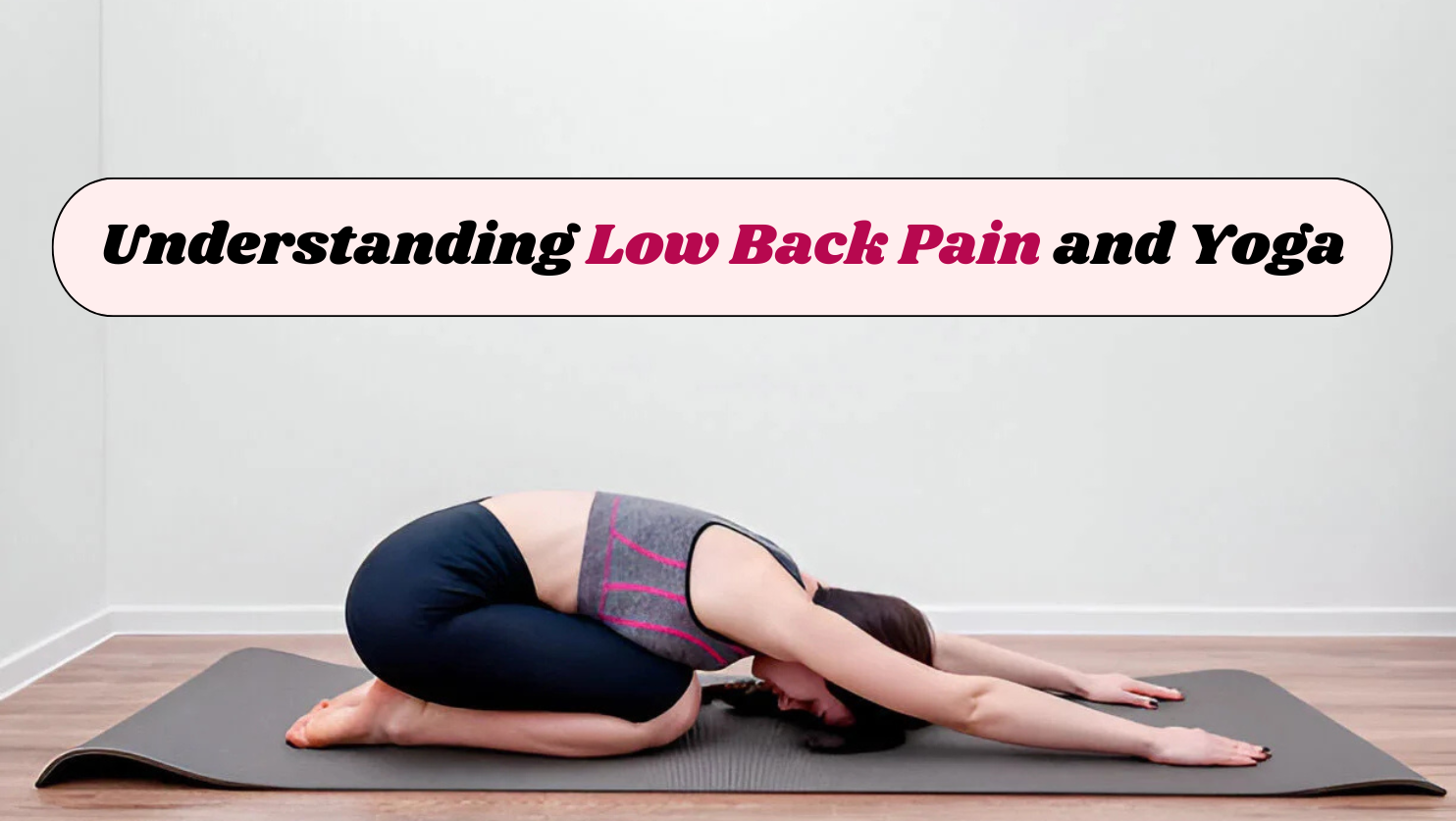Yoga is renowned for its holistic benefits, including stress reduction, improved heart function, and enhanced overall well-being. The National Institutes of Health highlight that yoga can effectively lower blood pressure, slow breathing, and improve heart efficiency. For individuals suffering from various ailments, including lower back pain, yoga offers significant relief. Research suggests that yoga can alleviate back pain, reduce dependency on medications, and even lessen pain associated with conditions like osteoarthritis.
When aiming to address low back pain through yoga, it’s crucial to approach the practice with specific considerations to protect and support the lower back. Yoga poses and practices should be adapted to ensure that the spine remains aligned and that the lower back is not subjected to unnecessary strain. Whether you’re practicing at home or participating in a Yoga Retreat in Rishikesh, here’s a comprehensive guide to practicing yoga safely and effectively with a focus on alleviating and managing lower back pain:

1. Importance of Alignment Yoga
Superior Alignment: Proper alignment is essential in yoga, especially when addressing lower back pain. Misalignment can exacerbate back issues and lead to further discomfort. Ensuring that the spine is correctly aligned and that movements are controlled will help minimize strain on the lower back.
Bent Knees: When performing forward folds or bending poses, keep a gentle bend in the knees. This adjustment helps to reduce pressure on the lower back and prevents hyperextension of the joints. For instance, in poses like Monkey Pose (Ardha Hanumanasana) and Forward Fold (Uttanasana), bending the knees allows the spine to elongate safely without undue stress.
2. Using Props and Modifications
Blocks and Supports: Utilize props like yoga blocks to support your practice, especially in forward-facing folds. Blocks can help you find a comfortable range of motion and maintain proper alignment while practicing poses such as Forward Fold or Triangle Pose (Trikonasana). Place a block under your hands or as a seat to reduce strain and provide stability.
Micro Bend in Joints: Maintain a slight bend in the elbows and knees throughout your practice to prevent hyperextension and reduce stress on the joints. This approach helps to distribute weight more evenly and keeps the lower back protected.
3. Technique and Awareness
Lead with the Heart Center: In forward folds, focus on leading with your heart center rather than collapsing your shoulders. This technique ensures that the weight is absorbed by the legs and upper body rather than concentrating pressure on the lower back. Keep the spine long and engaged as you fold forward.

Slow and Graceful Movements: Move through poses slowly and gracefully. Avoid jerking movements or abrupt transitions between poses. Smooth, controlled movements help to maintain balance and prevent injuries.
Retracting the Shoulders: When performing poses, draw the shoulders towards the ears and then gently push them away. This action creates space between the cervical vertebrae (neck) and helps elongate the spine. Visualize the space between the vertebrae opening to enhance your alignment and posture.
4. Adapting the Practice
Form Before Floor: Remember that touching the floor with your hands is not the goal. Focus on achieving proper form and alignment first. If needed, touch your thighs or shins before gradually working towards deeper stretches as your body becomes more flexible.
Twists and Stability: When practicing twists, ensure that you are stable and have enough rotation before extending your arms towards the sky. Touch the lower back to check for stability and alignment. This approach prevents excessive strain on the lower back and promotes a safe practice.
5. Mindful Practice
Listen to Your Body: Yoga is a progressive practice that should be guided by how your body feels in the present moment. Avoid pushing yourself into poses that cause discomfort or pain. Instead, focus on gentle stretching and alignment, adapting the practice to your individual needs.
Respect Your Limits: Acknowledge that you are not expected to achieve advanced poses or stretches. Yoga is about gradual progress and self-care. Love yourself and respect your body’s limits, taking the time to warm up and prepare it for more challenging poses.
6. Benefits Beyond the Mat
Long-Term Relief: Regular yoga practice can provide long-term relief from lower back pain by improving flexibility, strength, and alignment. The holistic approach of yoga, including breath control and mindful movement, supports overall spinal health and reduces the risk of future discomfort.

Enhanced Awareness: Through consistent practice, you will develop a greater awareness of your body’s signals and needs. This heightened awareness can lead to better self-care and a more profound understanding of how to manage and prevent back pain.
Conclusion
Practicing yoga with a focus on alleviating lower back pain requires careful attention to alignment, technique, and mindful movement. By using props, maintaining proper form, and listening to your body, you can safely enjoy the benefits of yoga while protecting your lower back. Whether you’re practicing on your own or have completed a 300 hour Yoga Teacher Training in Rishikesh, remember that yoga is a personal journey, and each practice should be tailored to your unique needs and capabilities. Embrace the progressive nature of yoga, honor your body, and enjoy the path to greater comfort and well-being.




